Recommended
Categories
Improvisation
Lesson 17 - Chord Inversions |
|---|
I. Index1. Introduction II. Content1. IntroductionIn this lesson, you will learn how to make the transition between different chords in the left hand sound smoother. You can do this by playing the chords in different positions.2. Root Position ChordsYou have been playing most of the chords in the beginner section in root position. All this means is that when you played a C major chord, C was the first note in the chord. There are two more positions that a three note chord can be played in. One is the 1st inversion, and another is the 2nd inversion. Before we get to that, let's first look at the C major chord in root position.3. 1st Inversion ChordsLet's take a look at the C major chord in 1st inversion. To get the C major chord in 1st inversion, you just need to move the first note of the C major chord, which is C up one octave higher.4. 2nd Inversion ChordsLet's take a look at the C major chord in 2nd inversion. To get the C major chord in 2nd inversion, you just need to move both the first note and second note of the C major chord, which is C and E, up one octave.5. Playing a Song Using InversionsLet's first look at "Twinkle Twinkle Little Star" using only chords in root position. Notice how the chords seem to jump around.Let's now take a look at "Twinkle Twinkle Little Star" using chord inversions. You will be playing the C major chord in root position, so the order of the notes will be C, E, G. You will be playing the F major chord in 2nd inversion, so the order of the notes will be C, F, A. You will be playing the G major chord in 1st inversion, so the order of the notes will be B, D, G. It is easier to play once you get use to the different chord positions because you do not have to move your left hand around that much. Also, it sounds smoother because the notes are closer to each other when transitioning from one chord to the next. 6. ConclusionCongratulations, you have just played "Twinkle Twinkle Little Star" using inversions. Inversions can help chord progressions sound smoother. Try using inversions with other songs as well!
Custom Search
|
Recommended Stuff
| Flash Plugin is no longer available - Watch Improvisation Lessons: 17 thru 20 from the videos below: |
Improvisation for Beginners
Lesson 18 |
Lesson 17 Piano Chord Inversions 
|
Lesson 19 |
Lesson 20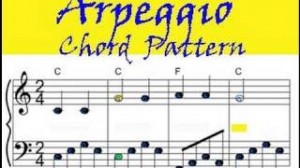
|
Access Free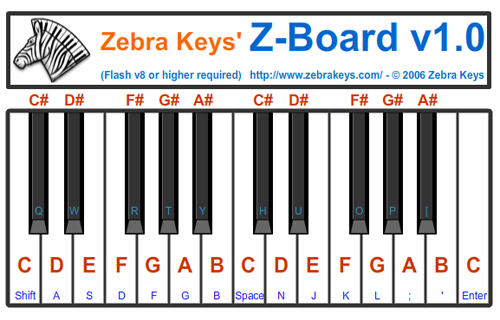 |
Piano Lesson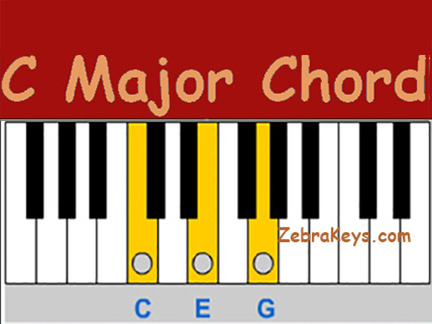 |
Lesson 17 - Chord Inversions
- how to play piano chord inversions-
How to play C Major Chord (C - E - G)
1st Inversion: C Major Chord (E - G - C)
2nd Inversion: C Major Chord (G - C - E)
Lesson 18 - Double Chord Pattern
Lesson 19 - Broken Chord Pattern
|
More Improvisation Lessons Lesson 34 - Melody as Octaves Lesson 35 - Root Chord Pattern Lesson 36 - Harmony Notes in Music |
Lesson 20 - Arpeggio Chord Pattern
| Beginner Piano | | | Intermediate Piano | | | Advanced Piano |
|
List of 50 Free Lessons
Piano Basics 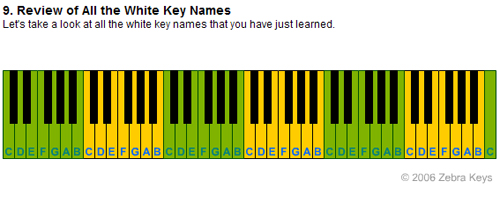 Lesson 1 - Patterns of Piano Keyboard Lesson 2 - Names of White Keys Lesson 3 - Names of Black Keys Lesson 4 - Grand Staff Lesson 5 - Note Durations |
Use our free Virtual Piano Keyboard in conjunction with these free lessons:
 |
|
Beginner Piano Lesson 6 - Brother John Lesson 7 - London Bridge Is Falling Down Lesson 8 - Twinkle Twinkle Little Star |
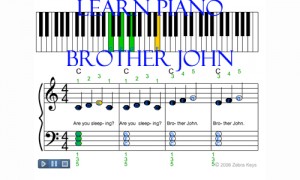 |
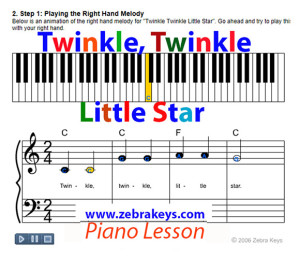 |
| Lesson 9 - Major Chord |
|
FIND any CHORDS using Free Virtual Piano Chord Chart  |
|
Lesson 10 - Three Primary Chords Lesson 11 - 12 Bar Blues Chord Progression |
| Lesson 12 - 12 Keys of Music |
 |
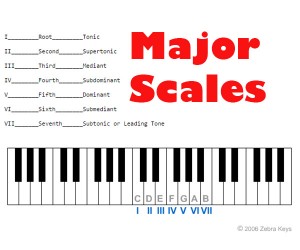 |
|
Lesson 13 - Major Scale
Lesson 14 - Musical Intervals Lesson 15 - Chords of the Major Scale Lesson 16 - The Circle of Fifths |
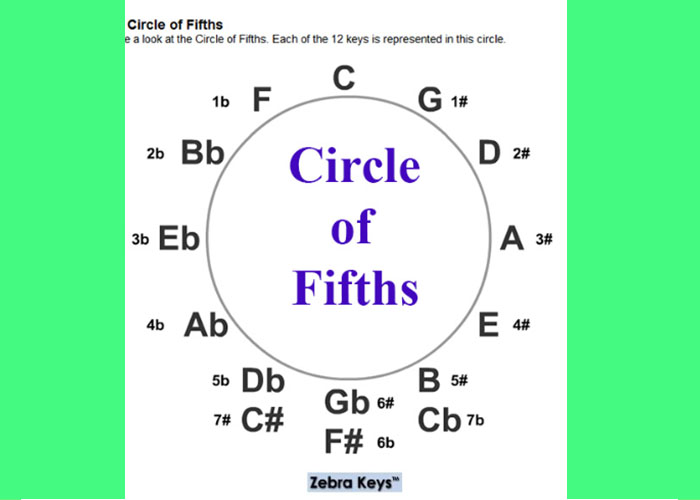 |
|
Lesson 17 - Chord Inversions Lesson 18 - Double Chord Pattern Lesson 19 - Broken Chord Pattern Lesson 20 - Arpeggio Chord Pattern Lesson 21 - Sounds of the Orient (Pentatonic Scale) Lesson 22 - Mysterious Sounds (Whole Tone Scale) Lesson 23 - Arpeggios |
|
Intermediate Piano Lesson 24 - America (My Country Tis of Thee) Lesson 25 - Silent Night Lesson 26 - God Rest Ye Merry Gentlemen |
|
Lesson 27 - Minor Chord Lesson 28 - Three Secondary Chords Lesson 29 - Dominant 7th Chord Lesson 30 - Major 7th Chord Lesson 31 - Minor 7th Chord Lesson 32 - Natural Minor Scale Lesson 33 - Chords of the Natural Minor Scale |
|
Lesson 34 - Melody as Octaves Lesson 35 - Root Chord Pattern Lesson 36 - Harmony Notes Lesson 37 - Major Chord Inversions Lesson 38 - Chord Inversion Straddles |
|
Advanced Piano Lesson 39 - The First Noel (Flash demo version) Lesson 40 - Auld Lang Syne Lesson 41 - Hark! The Herald Angels Sing |
|
Lesson 42 - Diminished Chord Lesson 43 - Augmented Chord Lesson 44 - 6th Chords Lesson 45 - Sus2 Chords Lesson 46 - Sus4 Chords Lesson 47 - Major 9th Chords Lesson 48 - Major 11th Chords Lesson 49 - Major 13th Chords Lesson 51 - Blues Scale |






